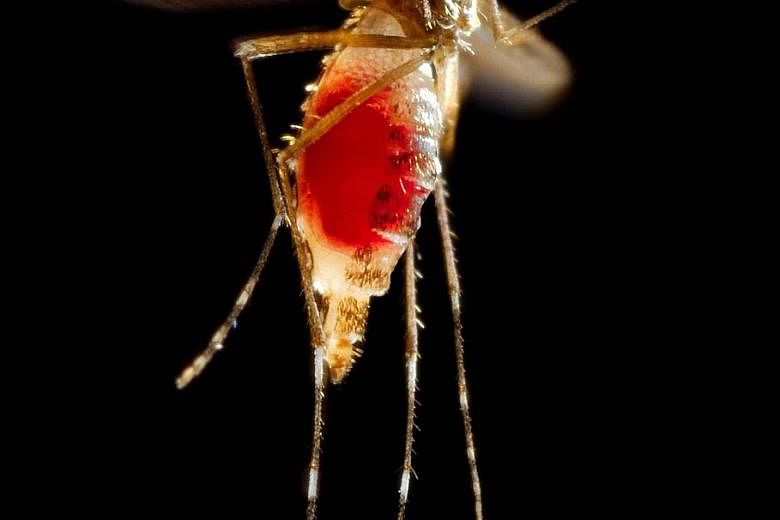NEW YORK • In the state of Mississippi, in the United States, a small team of entomologists has begun the first survey of mosquito populations in decades. Experts do not believe the kind of mosquitoes most likely to carry the Zika virus are active there, but they do not know for sure.
By contrast, the Florida Keys Mosquito Control District has been active since the late 1920s. With an annual budget of over US$15 million (S$20.7 million), it deploys four helicopters, two planes and 33 inspectors covering 323 sq km.
US mosquito control programmes reflect deep economic disparities because they are funded by local taxpayer dollars, leaving some at-risk locations badly unprepared.
First detected in Brazil last year, Zika has been linked in that country to more than 1,300 cases of microcephaly, a rare birth defect defined by unusually small heads.
The outbreak is expected to reach the continental US in the coming weeks as temperatures rise and mosquito populations multiply. More than a dozen state and local officials are worried they will have neither the money nor the time to plug gaping holes in their defences. They say the poorest communities along the Gulf of Mexico with a history of dengue are at the highest risk.
States in the south are "woefully under-invested", said Dr Thomas Dobbs, an epidemiologist for the Mississippi State Department of Health.
Among the best prepared is Harris County, Texas, which includes the city of Houston. It dedicates US$4.5 million a year to controlling disease carriers, or vectors, such as mosquitoes, ticks and rodents.
Traps have been set up in 268 areas in the county to capture and catalogue mosquitoes and test them for pesticide resistance. It is adding new traps for the Aedes aegypti mosquitoes that carry Zika.
New York City plans to spend US$21 million over three years to combat the virus. Aedes aegypti have never been found in the city, so its efforts will target Aedes albopictus, a mosquito believed to be capable of spreading the virus.
At the other end of the spectrum, some communities may only have someone who does spraying runs with a fogger attached to his pickup truck, said Mr Stan Cope, president of the American Mosquito Control Association. Many municipalities do not even have that much.
The Obama administration has asked Congress for nearly US$1.9 billion to fight Zika. Lawmakers in the House of Representatives and Senate have presented their own funding proposals, each far less.
To help plug some of the gaps until Congress acts, the US Centres for Disease Control and Prevention (CDC) is adding US$38 million to an existing infectious diseases grant programme to expand lab testing capacity and surveillance for Zika.
The agency estimates that Aedes aegypti could be present in up to 27 US states, though the chief worry will be areas with recent dengue fever cases, CDC entomologist Janet McAllister said.
Even communities with established, well-funded insect-fighting programmes may lack the tools to prevent an outbreak.
"We don't feel horribly confident that anybody in the world is very good at controlling these mosquitoes," said Ms Susanne Kluh, scientific-technical services director for the Greater Los Angeles County Vector Control District.
One reason is that most US programmes are designed to deal with nuisance mosquitoes or those carrying West Nile - controlled by spraying at night and dropping tablets that kill mosquito larvae into catch basins.
"This battle against these mosquitoes happens in every backyard and in tiny sources as small as a bottle cap filled with sprinkler water,"Ms Kluh said.
REUTERS

